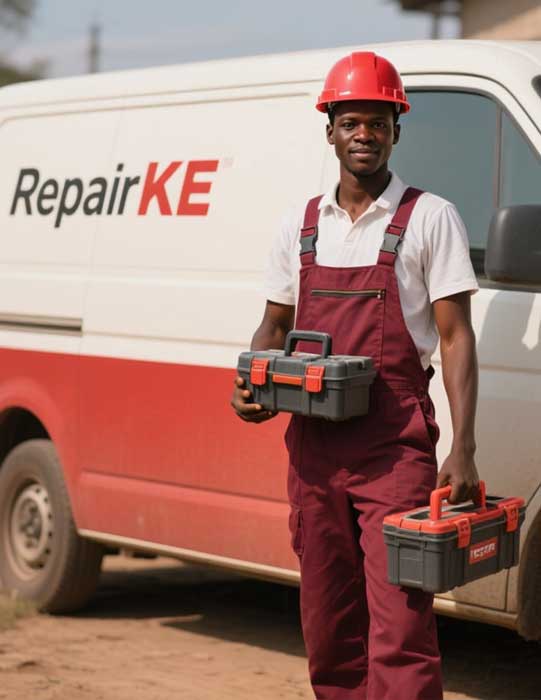Voltage Fluctuations
Authored by Repair.co.ke
Voltage fluctuations in welding machines can lead to inconsistent arc performance, poor weld quality, and potential damage to internal components. This fault disrupts the stable power delivery required for effective welding, affecting both amateur and professional operations.
Fluctuations often stem from an unstable input power source, such as a shared circuit or generator with varying output. Internal machine issues, such as a faulty transformer, rectifier, or control board, can also cause voltage instability. Loose or damaged power cables may further contribute by interrupting current flow. Environmental factors, like extreme temperatures, can affect component performance, exacerbating fluctuations.
Diagnosing voltage fluctuations involves monitoring the machine’s output with a multimeter to detect variations in voltage during operation. Check the input power source to ensure it meets the machine’s requirements and is not shared with other high-power devices. Inspect power cables and connections for wear or looseness. If the input power is stable, internal components may be faulty, requiring professional diagnosis and repair.
Preventive measures include using a dedicated circuit for the welding machine and a surge protector to stabilize input power. Regularly inspect and replace damaged cables or connections. Schedule routine maintenance to check internal components, such as the transformer and rectifier, for wear. Operate the machine within recommended environmental conditions to minimize stress on electrical systems.
Voltage fluctuations can cause inconsistent welds, increased spatter, or burn-through, leading to rework or material waste. By ensuring stable power delivery and maintaining the machine, welders can achieve reliable performance and high-quality welds.
Authored by Repair.co.ke






